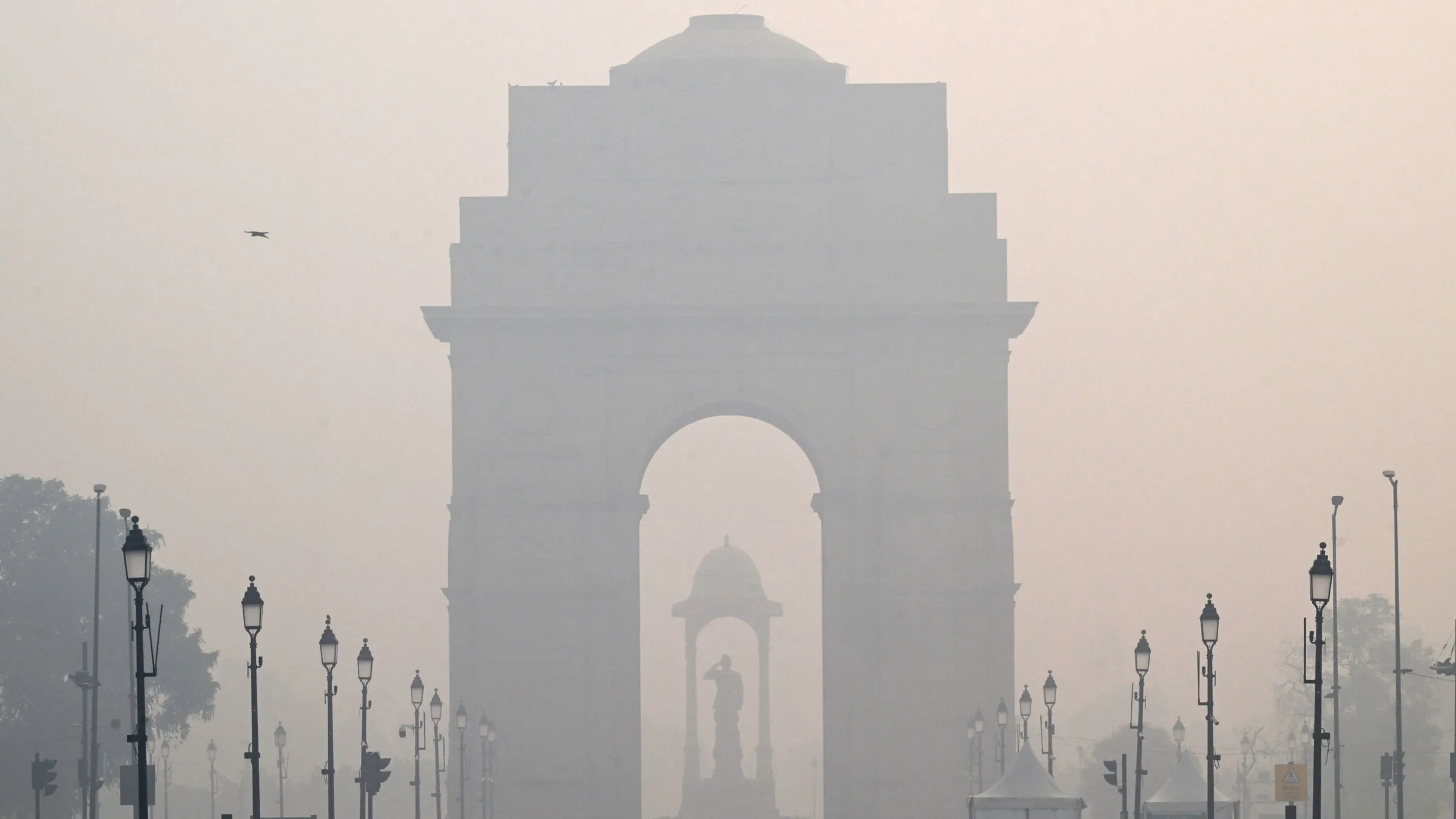Scientists in Delhi are proposing an unconventional approach to combat the city’s severe air pollution by inducing artificial rain through cloud seeding.

Scientists in Delhi are proposing an unconventional approach to combat the city’s severe air pollution by inducing artificial rain through cloud seeding.
The initiative involves dropping salts or silver iodide into clouds from airplanes to stimulate the formation of rain droplets, a process known as “cloud seeding.” The Delhi regional government, in collaboration with scientists from the Indian Institute of Technology Kanpur, is awaiting clearances from national government bodies and aims to finalize the project this week.
Delhi’s air quality crisis has escalated to alarming levels, with the city ranking as the most polluted in the world, according to Swiss group IQAir. The air quality index, particularly the levels of hazardous PM2.5 particles, routinely surpasses 400 in November, posing significant health risks for the city’s 30 million residents.
Recognizing air pollution as a severe threat to human health in India, a University of Chicago study revealed that it reduces the average Indian’s life expectancy by more than five years. The study further highlighted that adhering to World Health Organization guidelines for particulate pollution could extend the life expectancy of Delhi residents by 12 years.
Cloud seeding is viewed as a potential intervention to provide relief from the hazardous air quality. Sachchida Nand Tripathi, a professor at IIT Kanpur involved in the rain-making project, stated, “When you have a situation like that, when you have several weeks with AQI more than 400, seeding could be a more viable option.”
However, critics, including clean air activist Jyoti Pande Lavakare, have raised concerns about the effectiveness and intent behind the plan. Lavakare suggests that the government may be attempting to appear proactive in the face of political pressure and temporarily mitigate toxic pollution levels without addressing the root causes.
India has grappled with air pollution challenges, compounded by industrial emissions, vehicular exhaust, crop-residue burning, and even fireworks during festivals like Diwali. Despite launching a national clean air program in 2019, authorities have faced hurdles in implementing effective measures. Analysts point to a lack of political will and state capacity as obstacles to addressing the ongoing crisis.
In contrast to China’s longstanding cloud seeding efforts, Delhi’s cloud-seeding plan is described by experts as a “Hail Mary” and a potential last-resort effort in the absence of effective solutions. While China has successfully employed cloud seeding to control industrial emissions and improve air quality, India’s struggles persist due to institutional failures and insufficient public awareness about the dangers of air pollution.
The cloud-seeding proposal reflects the urgency and severity of Delhi’s air pollution crisis, prompting unconventional measures as authorities grapple with finding lasting solutions. The effectiveness of cloud seeding remains a topic of scientific debate, and the success of the Delhi project will depend on factors such as moisture levels in the air over the coming weeks.